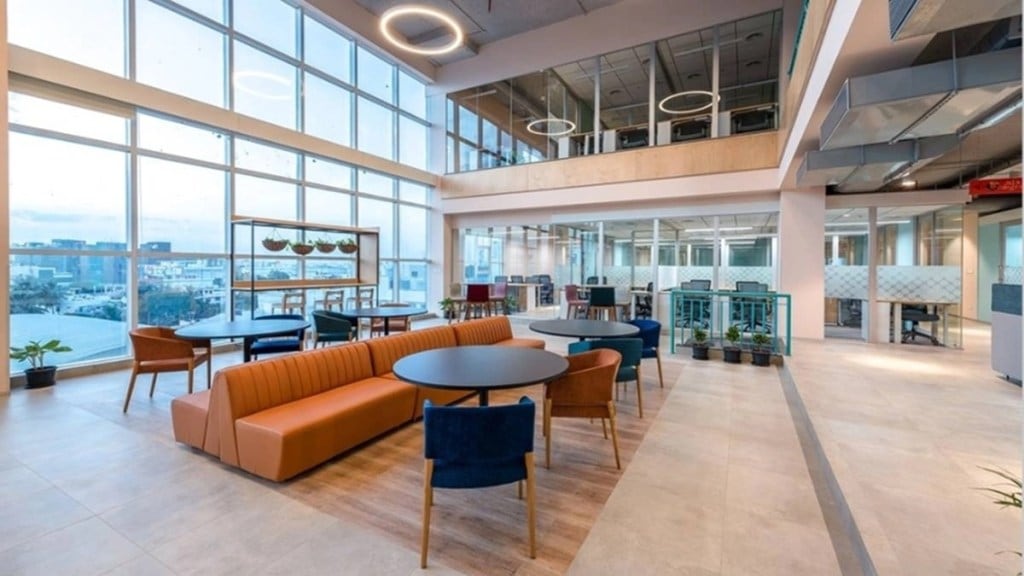Kotak Investment Advisors (KIAL), part of Kotak Mahindra Group (Kotak), which focuses on alternate assets management and investment advisory businesses, closed its Rs 6,000-crore Kotak Infrastructure Investment Fund on Tuesday. It has been in news for several others reasons, including securing 50% commitment for its thirteenth real estate fund and others. Srini Sriniwasan, managing director, Kotak Investment Advisors, discusses about the fund manager’s various funds and investment strategies in an interview with Raghavendra Kamath.
Have you seen any stress in domestic companies due to recession in the Western economies?
We haven’t seen stress yet. Most companies have so far coped very well.
Are rising interest rates creating new opportunities for investors like you?
Global hardening of rates means that global investors who have a relative value approach to returns in private credit will likely find more risk-adjusted returns in the US and other familiar markets. To that extent, India-dedicated investment managers like us see hardening of yields on account of lack of alternatives and less competition. This will be short lived of course.
Also Read: Consumption binge drives sharp growth in NFBCs’ unsecured loans
You said KIAL want to foray into venture capital, venture debt and buyouts space.? Have you made any progress on this front?
As a multi-asset alternative investment manager, we look at all aspects of opportunities and will foray into scalable opportunities. There are no set timelines for these initiatives. The timing of entering into any of these areas is a function of opportunity and investor appetite. As and when we see that, we will put together empowered teams to address them.
KIAL recently secured 50% commitment for its 13th real estate fund. When do you plan to close it? Have you got any commitments for the other half of the fund?
We are in advanced level of discussion with other investors and will likely do a second and final close in the first quarter (Q1) or second quarter (Q2) of calendar 2023.
Sebi has recently stopped senior/junior distribution structures in AIFs. What do you think about regulatory arbitrage of NBFC loan portfolios using AIFs senior/junior structures?
The structure itself per se is not bad. It enables investors with different risk profiles to participate in a portfolio that may be constructed by a manager. It also enables mangers to raise capital to provide to the less-served end of the bond market and provides liquidity and depth. So, the construct should not be discarded.
Also Read: Microfinance sector’s Q2 NPAs remain unchanged
As regards to NBFC portfolios, appropriate safeguards can be prescribed. If there is any regulatory arbitrage, I am sure the Reserve Bank of India (RBI) will take note and prescribe suitable norms like they have done in cases of sale to ARCs.
Which are your focus sectors in current environment for funding from special situation fund?
We have called the successor fund, Kotak Strategic Situations Fund, since we found that the nature of opportunities that we catered to fitted that description better. For instance, we have done acquisition financing, shareholder realignment financing, turnaround of assets and in case of data centre for example, its growth-cum-platform financing. We don’t have any preferences for sectors but we look for companies of size, scale and competency to grow in India and be competitive in the export markets.
Do you look at BBB-rating companies for funding from special situation or private credit?
Each of these have a risk-reward trade off. The more hairy ones in terms of risk which deserve a higher pricing or an element of equity take out or event-led financing typically sits in the SSF bucket and other cash flow-based credit in the regular performing credit bucket.
How do you look at residential real estate market as an investor ? What is your outlook for residential properties for 2023?
The residential sector has come through a consolidation phase. Buyers have started to differentiate developers based on delivery track record which gets reflected in volume and pricing. The sector has had a few strong quarters. Going forward, the hike in interest rate will have an impact in terms of volume of sales. Inflationary pressures will keep prices firm. Overall, the trajectory is still positive as we have reached an inflection point with regard to home ownership in general.

